New generation city information models for Helsinki
As the first city in the world to do so, Helsinki has simultaneously introduced two 3D city models covering the entire city: a smart semantic city information model and visually high-standard reality mesh model. The models are being released as open data.
A semantic city information model is more than a three-dimensional image on a computer screen. The model objects contain property data about themselves. By means of semantics, the computer understands, for example, which elements describe the roof or walls of the building. This information is required when, for instance, the possibilities of solar energy production on the roofs of city buildings are being determined.
“Helsinki is the first city in the Nordic countries that has made a smart semantic model throughout its whole area. Helsinki is becoming condensed, and new tools are required for the planning of supplementary construction, interaction with inhabitants, and as support for decision-making,” Deputy Mayor Anni Sinnemäki relates.

In both models, the entire city can be seen along with its islands – an area that as a whole embraces over 500 square kilometres. The models can be used together with the City’s map, spatial information and register materials. In addition, the data content of the semantic model can be limitlessly enriched by various analyses and simulations.
“Answers are obtained from the model even to questions like how many trees or buildings there are in the area, how many windows feature a view to the sea, or how many hours per year the sun may in theory shine on a certain terrace,” Project Manager Jarmo Suomisto from the City Executive Office points out.
“By means of the models, it is possible to make calculations and visualise demanding analyses that specifically cover the entire city with regard to energy sources, greenhouse gas emissions or the environmental impacts of traffic. The models can also be applied to business life, tourism, navigation, rescue operations, the building of telecommunication networks and the needs of real estate management and area planning,” Mr. Suomisto continues.
A precise-measurement reality mesh model helps event producers as well as housebuilders
“In Helsinki’s 3D project, a primarily semantic, smart city information model was generated. As a by-product, a lighter version was also obtained – a so-called reality mesh model. It shows Helsinki in summer 2015, during which 50,000 aerial photos were taken for the model,” Jarmo Suomisto explains.
The model is precisely dimensioned, so an event producer, for instance, can plan out the event area through its aid, or a resident can complete a preliminary plan for his site to accommodate an additional building.One can add a model-based view to a housing-for-sale advertisement where the residence is marked. This way the buyer is able to get familiar with the surroundings in a virtual manner.
City models are currently in experimental use in the City’s own projects
“The new city models are open from many directions: the city information model is based on the open, global CityGML standard, and many open source code applications have been applied in the model work. This will bring benefits to tax-paying city inhabitants,” Mr. Suomisto emphasises.
The City of Helsinki has twelve pilot projects where city information models are being utilised. Ogelikone, opening online in December, is linked along with the Raide-Jokeri light rail line to the changing Oulunkylä station area. The pilot is a game-like application by which the city inhabitants can assess the various development options.
Helsinki’s solar energy potential is an analysis based on a semantic model in which the applicability of the roof and wall surfaces of all Helsinki’s buildings for solar energy production is being studied.
The additional use of Aleksanterinkatu Street service tunnel is the object of a useful game application where one can get acquainted with the tunnel’s incoming routes and mobility inside the tunnel itself.
Helsinki 3D city model
The material for both city models is available for use by all as open data in the online service.
The Helsinki city model project received international attention in November in the Be Inspired event in London, where significant infrastructure projects are annually awarded. Helsinki won first prize in the Innovation in Reality Modelling series.
Contact persons
City of Helsinki
Anni Sinnemäki, Deputy Mayor of Real Estate and City Planning, tel. +358 (0)9 31036010
Jarmo Suomisto, Project Manager, Helsinki City Executive Office, 3D project, tel. +358 (0)50 538 2645
Kari Kaisla, Project Manager, Helsinki City Executive Office, 3D project, tel. +358 (0)40 336 0338
